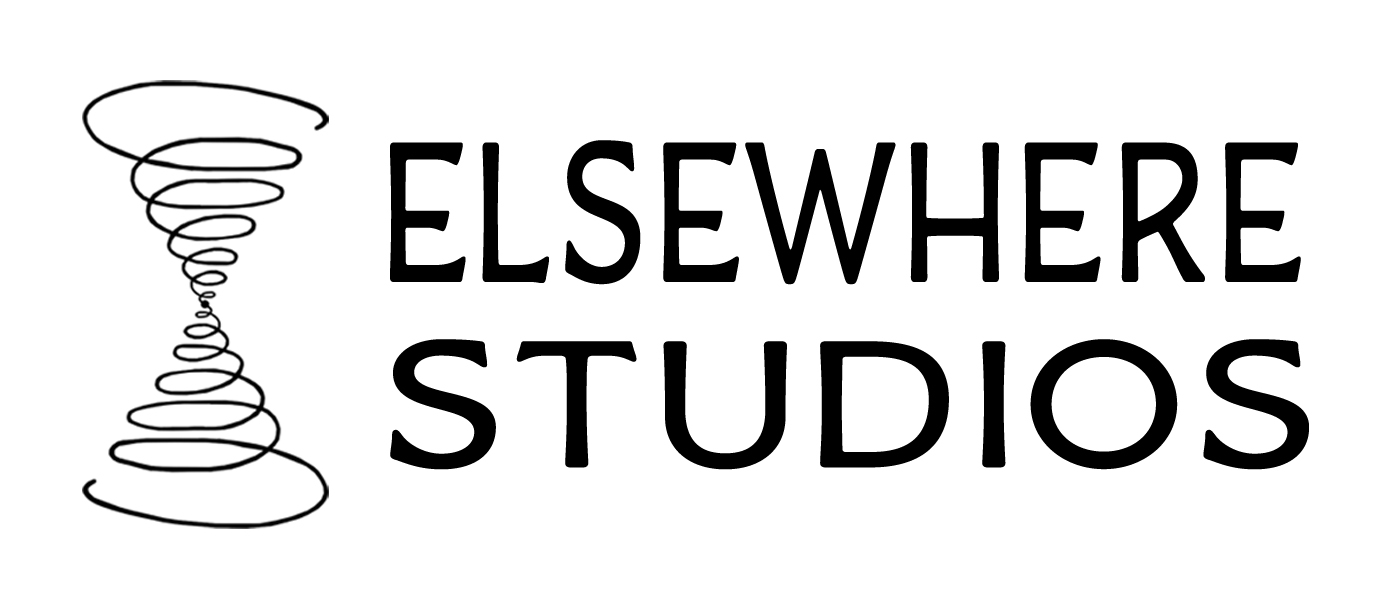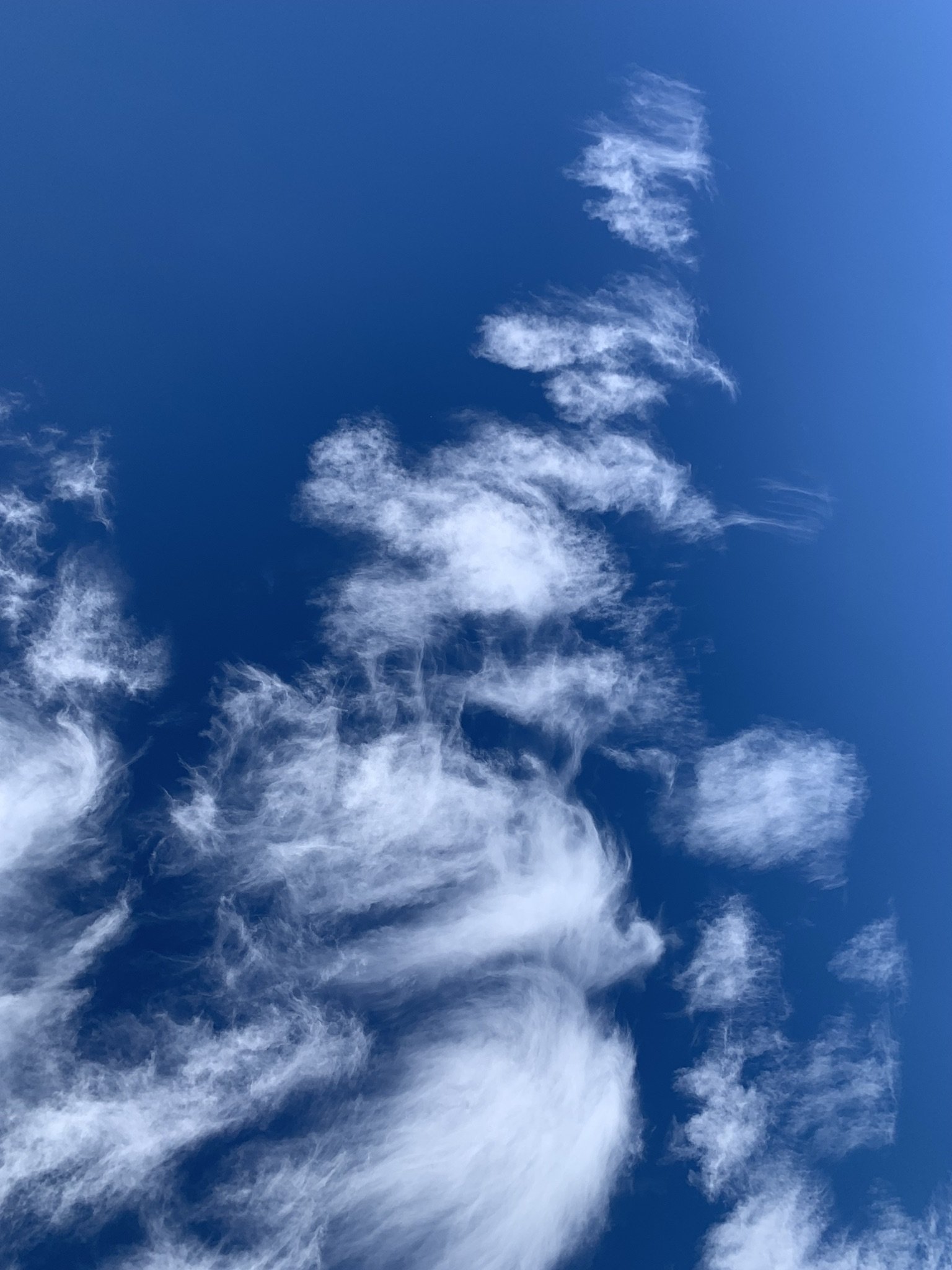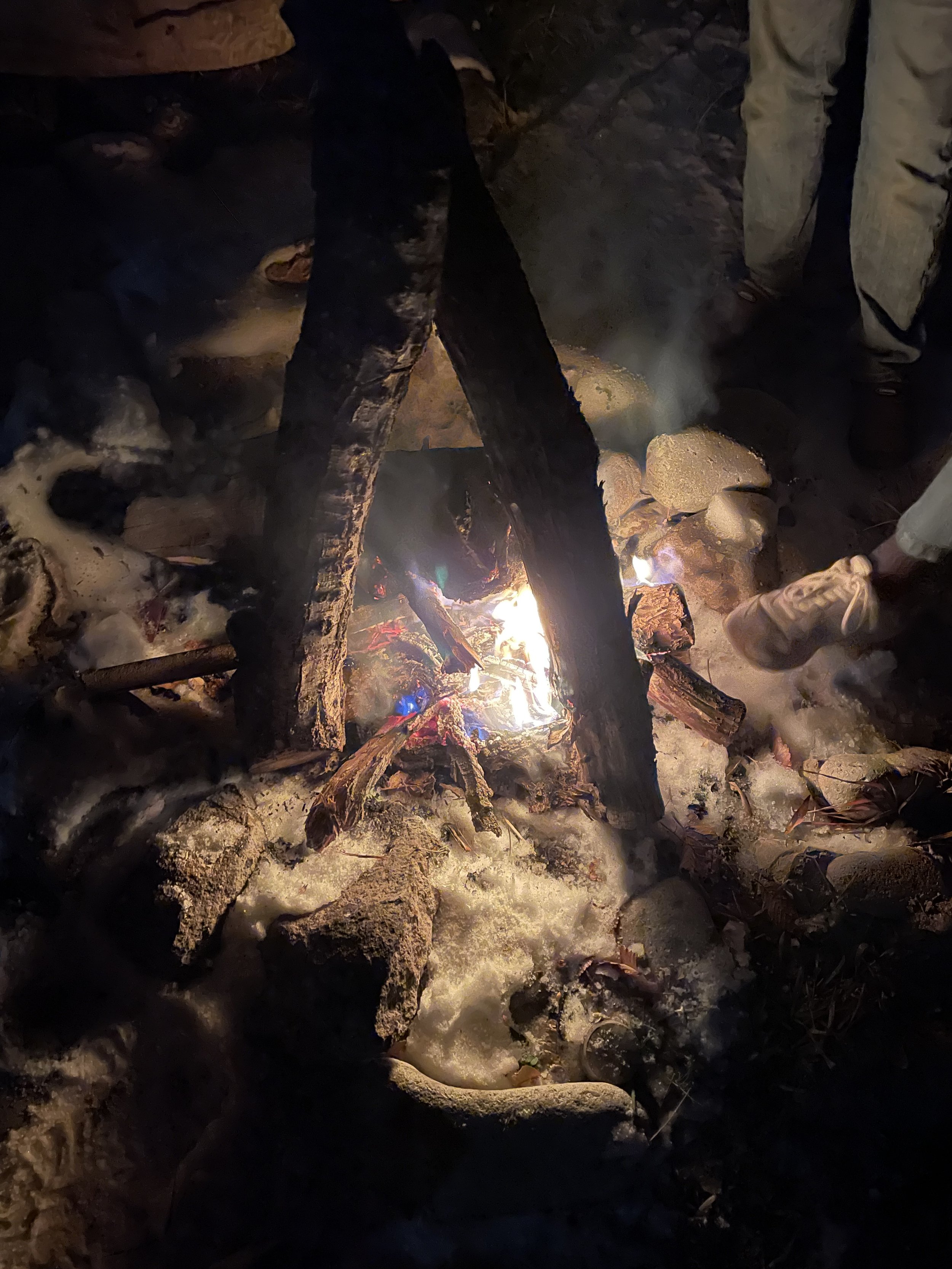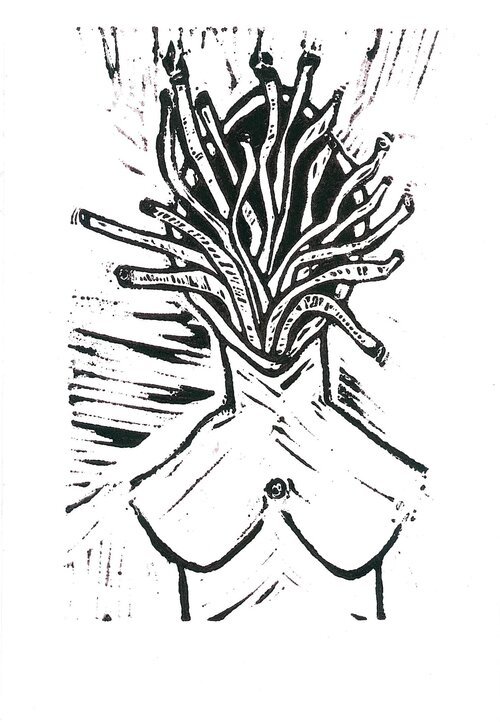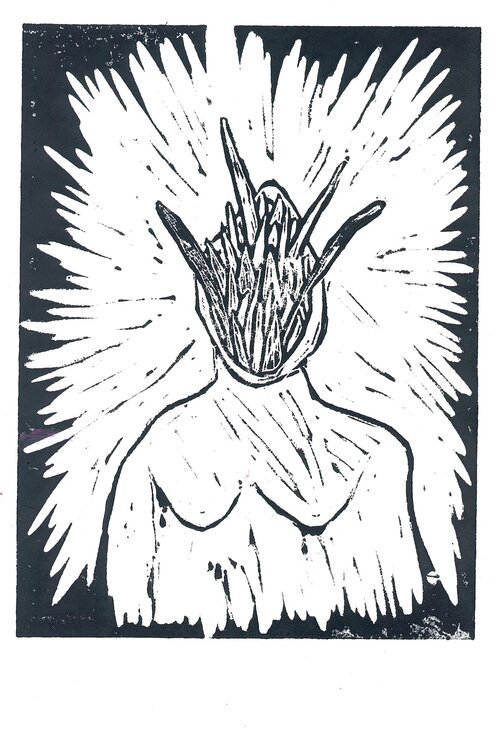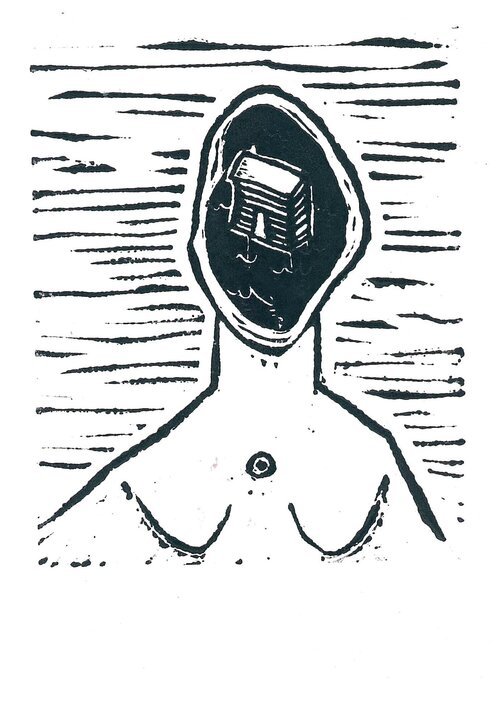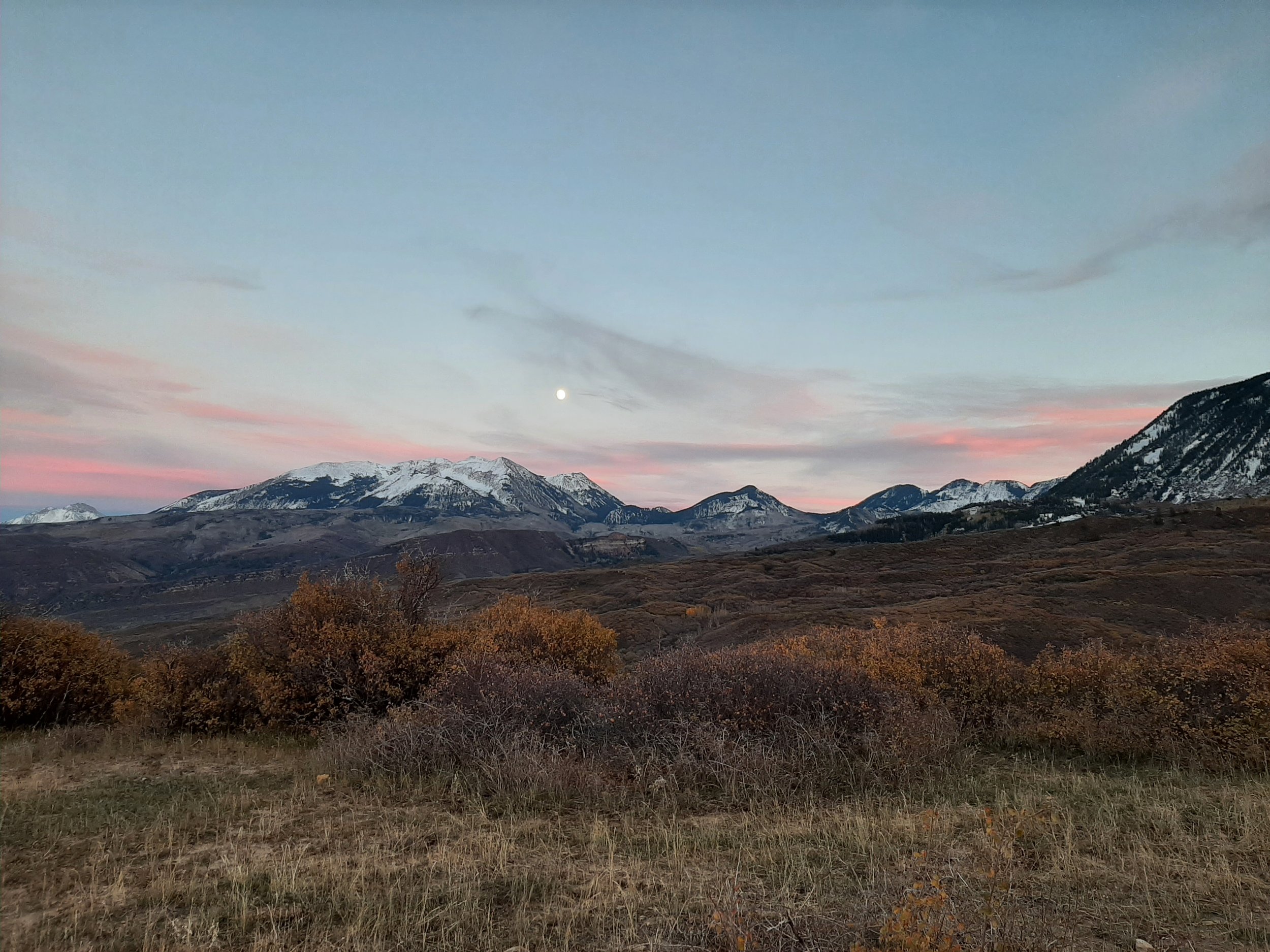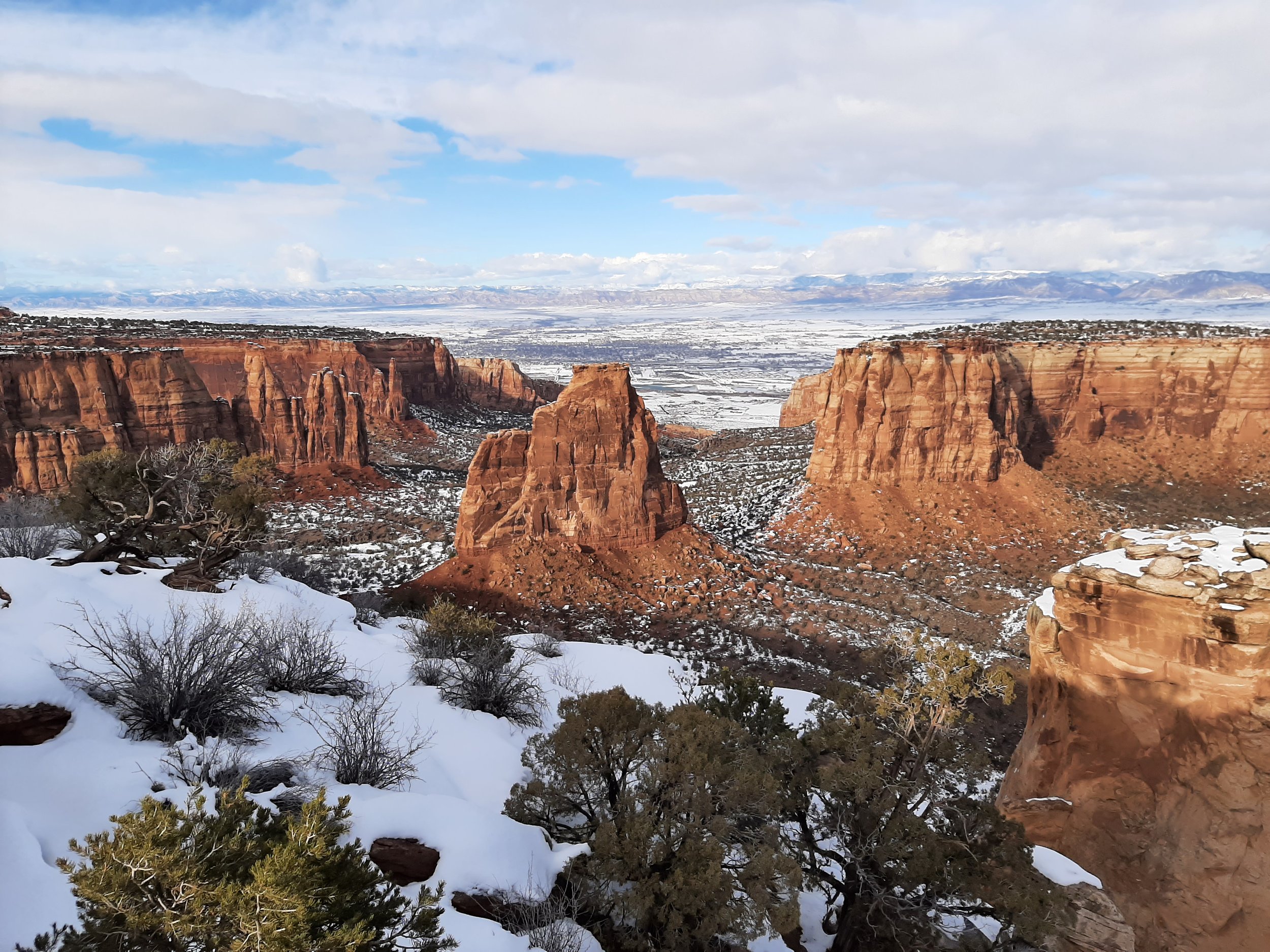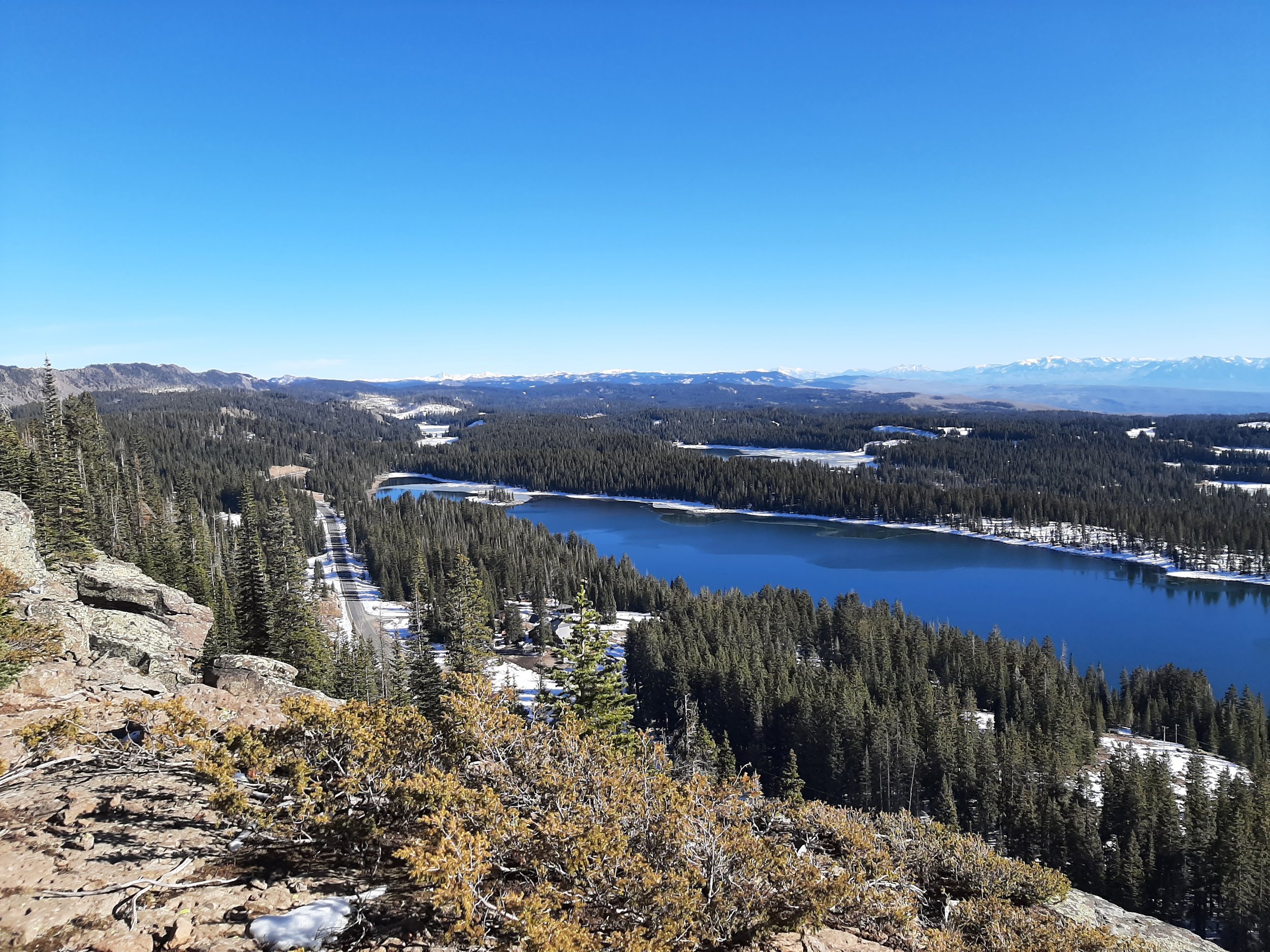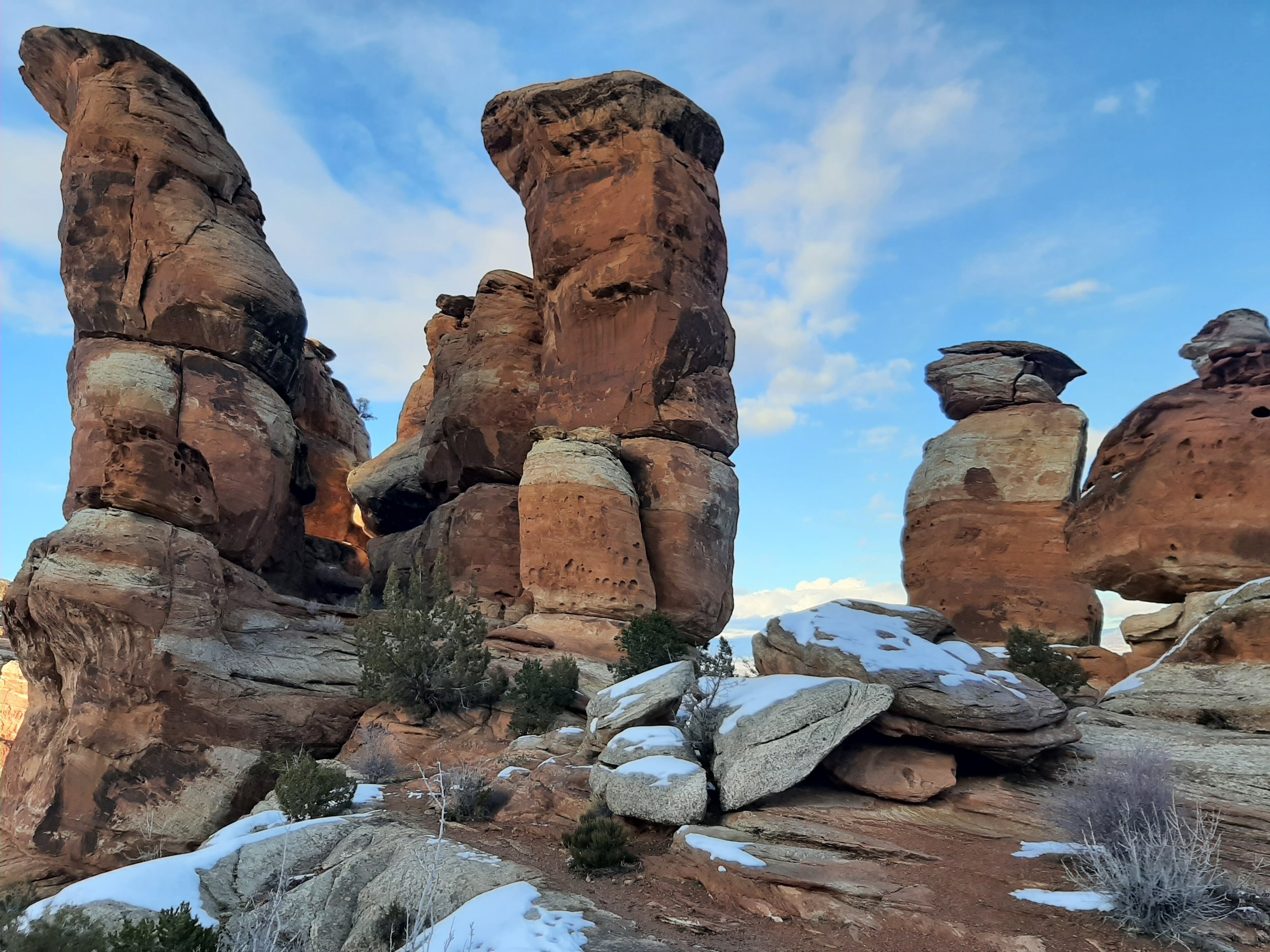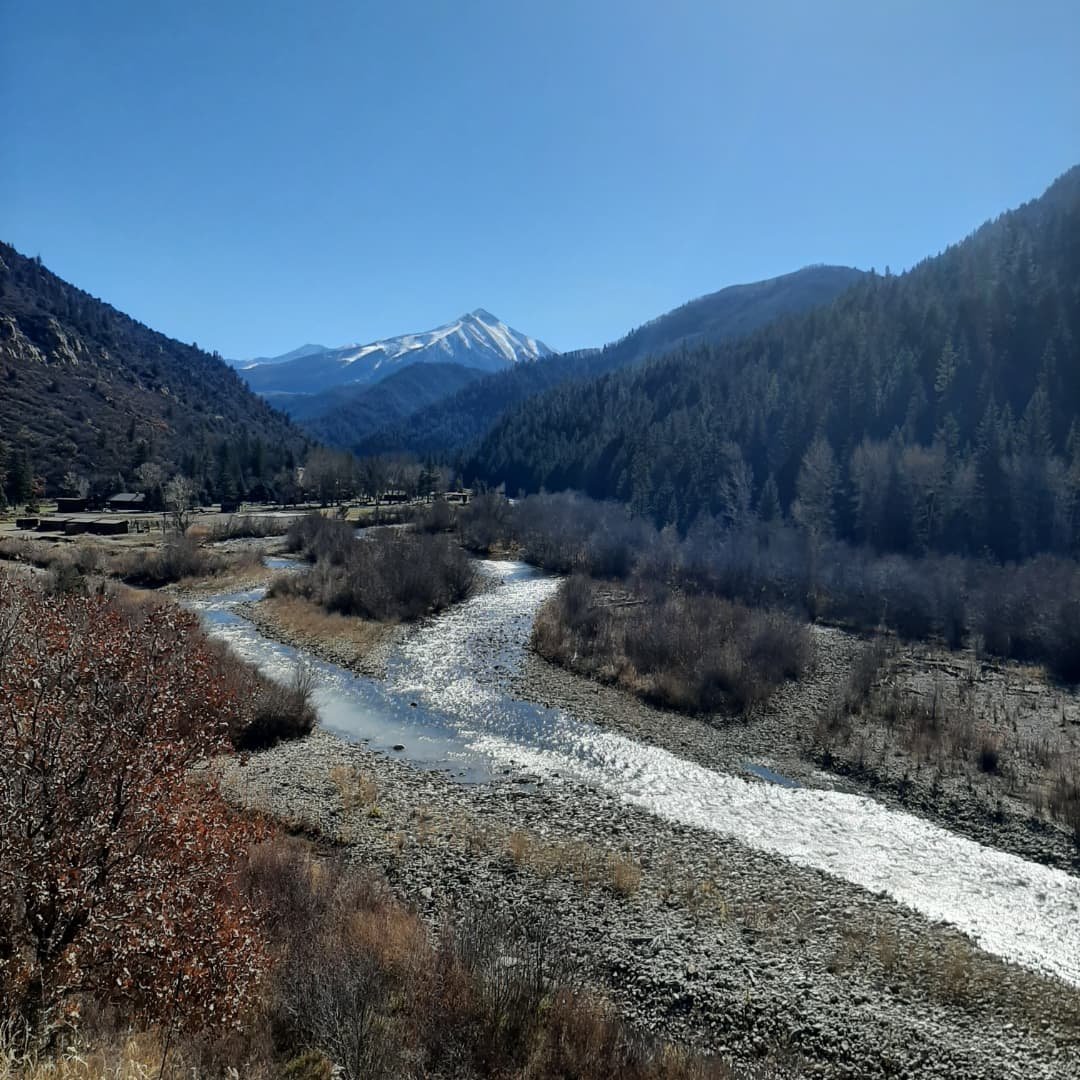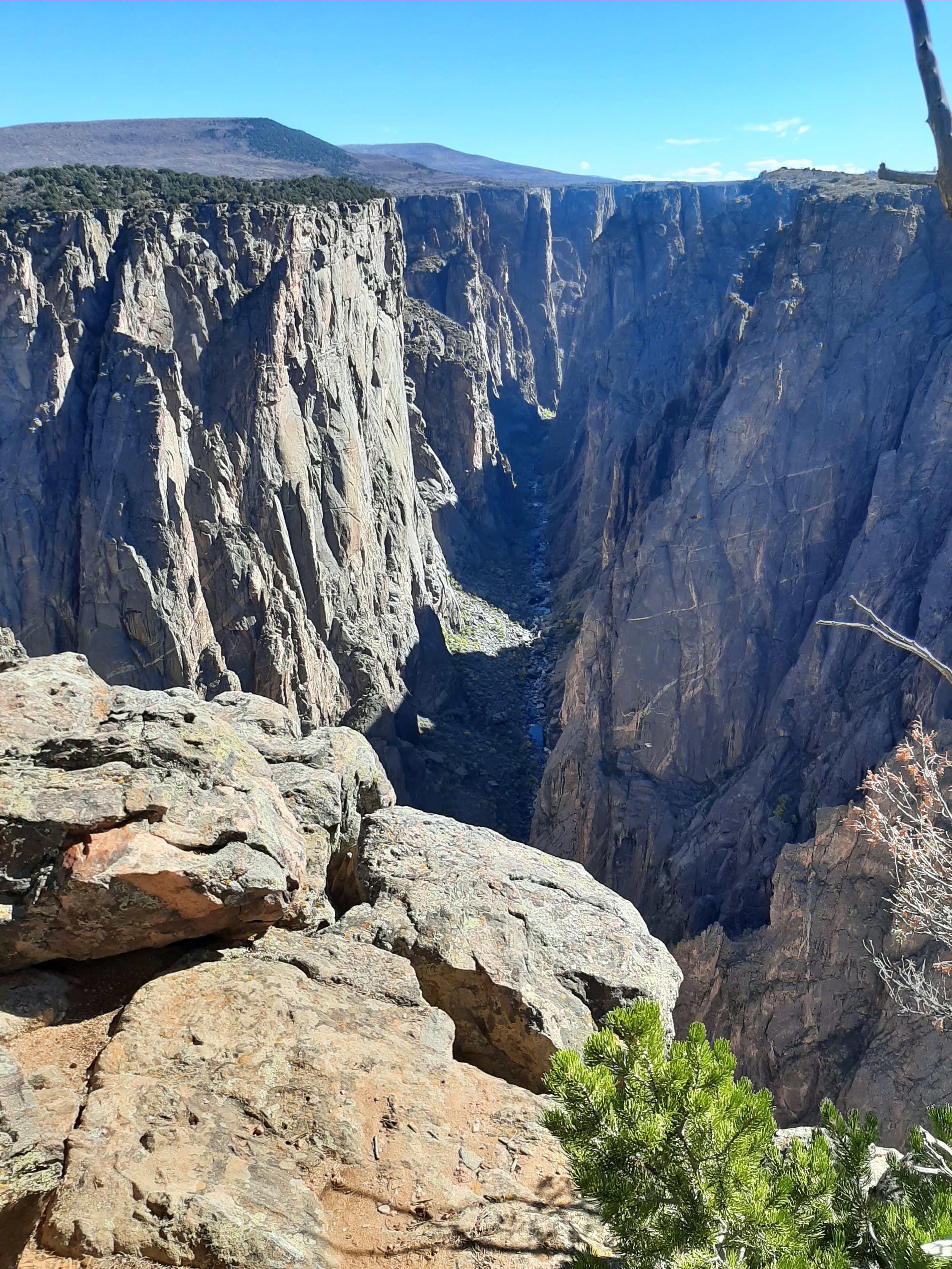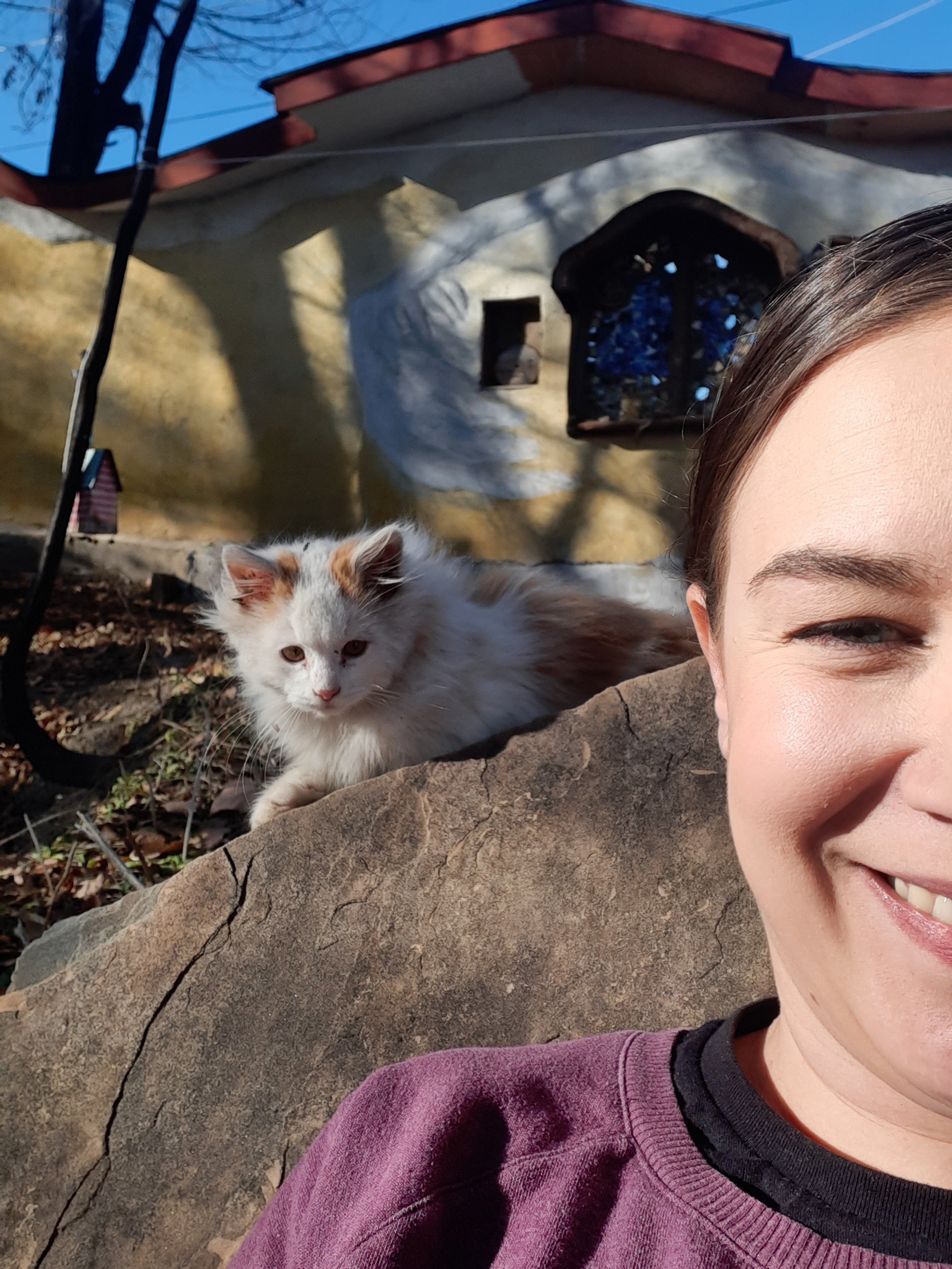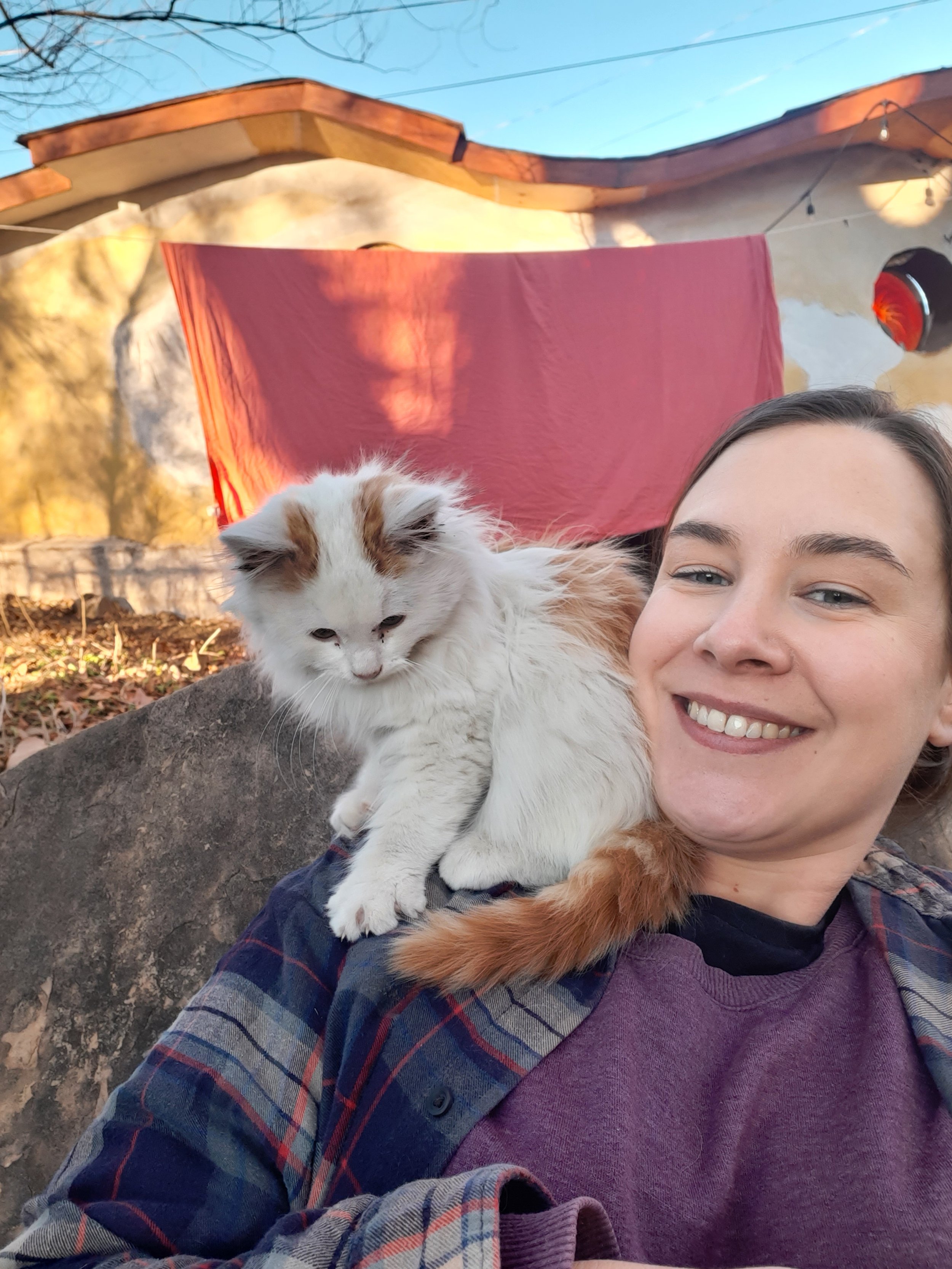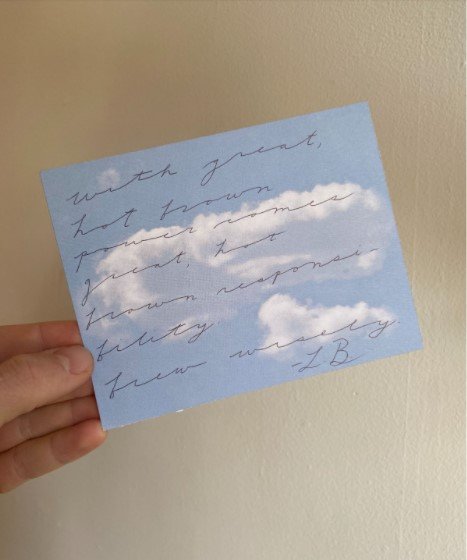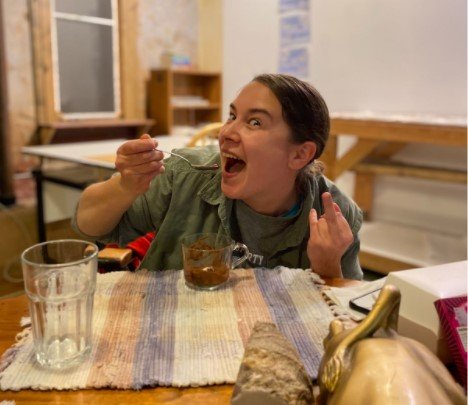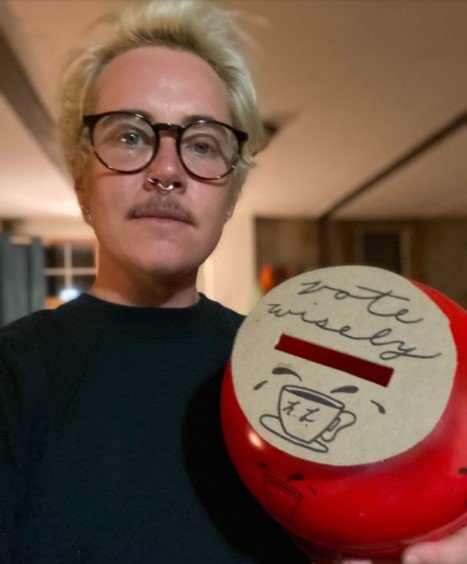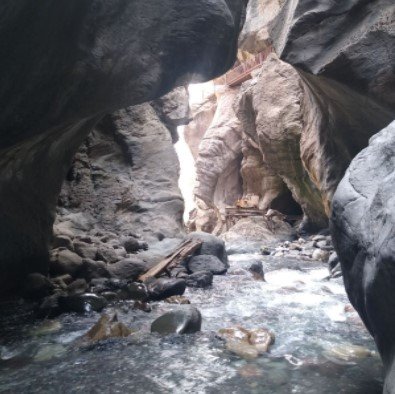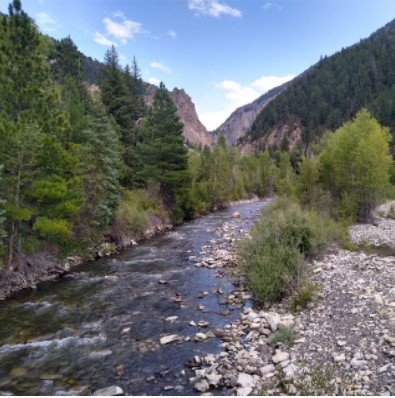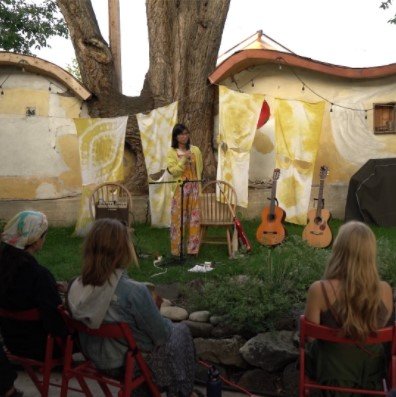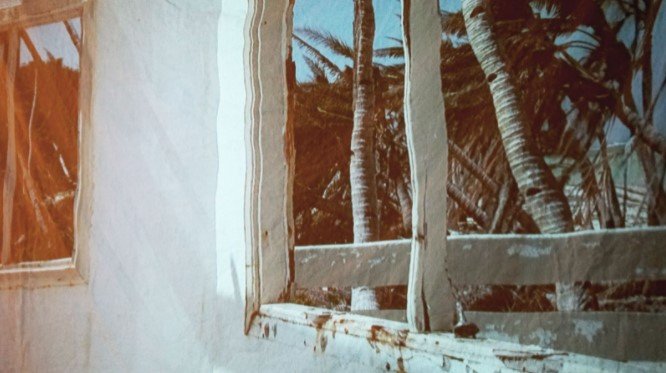I so greatly loved and cherished my time at Elsewhere.
For some background: I came to Elsewhere as a bit of an outsider. I’m an engineer by trade, and while at Elsewhere was working on a robotic arm that could be used for creative endeavors.
I’ve come to understand my experience at Elsewhere in 3 phases:
1) Decompression. My first week at Elsewhere was delightful. I was enamored by the studio space, enamored by the grand and foreign landscape, and enamored by the stream that flows through the back of the property (which I still think deserves a better name than “the ditch”). I loved how walkable everything was; I could walk five minutes and grab a bagel in the morning. In an almost embarrassingly engineering way, I described it as efficient — everything was just a quick walk away.
That’s not to say everything was rainbows and butterflies. It took me a few nights to figure out how to keep my loft cool, but not cold, at night, accompanied by all the plights of getting accustomed to a new environment (and a new altitude).
Elsewhere was, in this time, appropriately named. It was otherworldly, and any problem or issue existed not here, but in the real world, wherever that was.
2) Nothing here. About a week into the experience, otherworldly went from blissful to miserable. Where were the tools that I was accustomed to? Where were my friends and family? Where was the 24/7 breakfast place where I could get a waffle at 2:30 in the morning?
I felt paralyzed, because I didn’t know if the tools I’d need to accomplish my goal existed in Paonia. Apathy set in — what’s the point of working if these crucial elements are missing?
Not giving up hope, I began to ask around. It felt like the right thing to do in Paonia. Do you know anyone with a lathe (a not uncommon but certainly not ubiquitous piece of shop equipment)?
3) Everything you’ll ever need. It turns out, someone did have a lathe, and a nice one, too! However, that misses the point.
There are always multiple ways to accomplish a goal. That was true for my specific problem — I ended up using the Elsewhere oven, not machine tools, to help persuade two parts together, solving my problem. I was never truly stuck, only butting up against one particular solution path that wasn’t working. Even if no one in Paonia had a lathe, I had everything I needed available to me.
I wish I could tell you I had this grand realization on my own. Truthfully, it was working with Peter, a Paonianite (is that the correct demonym?) who owned a wondrous assortment of machine tools, that made me realize there were so many other (and frankly better) paths to accomplishing the task at hand. Within an hour of chit-chatting about the problem, we had eight different ways of solving it.
The experience of meeting with Peter began a great period of determination. Nothing was going to slow me down; every obstacle had a solution. More importantly, I accepted not having the perfect solution. I embraced the scrappy, practical answers that moved me incrementally closer to a finished project — whether that be slathering glue on a broken joint or melting plastic parts into submission.
I’m sure countless people have discovered this piece of wisdom before me. It’s one thing to conceptually know it, but another to really understand and internalize it.
Upon returning back to Atlanta, I’ve made relatively little progress. Beyond just being busy with returning home, I’ve been overcome by a familiar paralysis. Now surrounded by multiple machine shops, industrial supply companies and same-day shipping on any product, I’ve been too greatly tempted to perfect, instead of progress. The near-infinite possibilities have not helped me. Somehow when I packed everything up in Paonia, I must’ve misplaced that scrappy determination.
What has all of this taught me? There are some easy lessons: ask for help, don’t get caught up in perfection, etc, but I’m sure the full wisdom of the experience will only reveal itself to me over the course of a lifetime.
I do wonder if there’s a bigger metaphor in all of this. There is, as you might imagine, lots more in Atlanta compared to Paonia — more people, more traffic, more restaurants, more parks, more shops, more pollution, etc. In that list you can see there’s some combination of good things, like parks, and bad things, like traffic. I question whether I’m really getting benefit from the extra good things — do I really need more than one park? I know a couple hundred people in Atlanta — do I get much benefit from the half-a-million to many-million people that live in the city and metro area, respectively. I’m sure I do, but I’m beginning to look at it with a little more scrutiny.
My only wish is that I had more than a month at Elsewhere!
